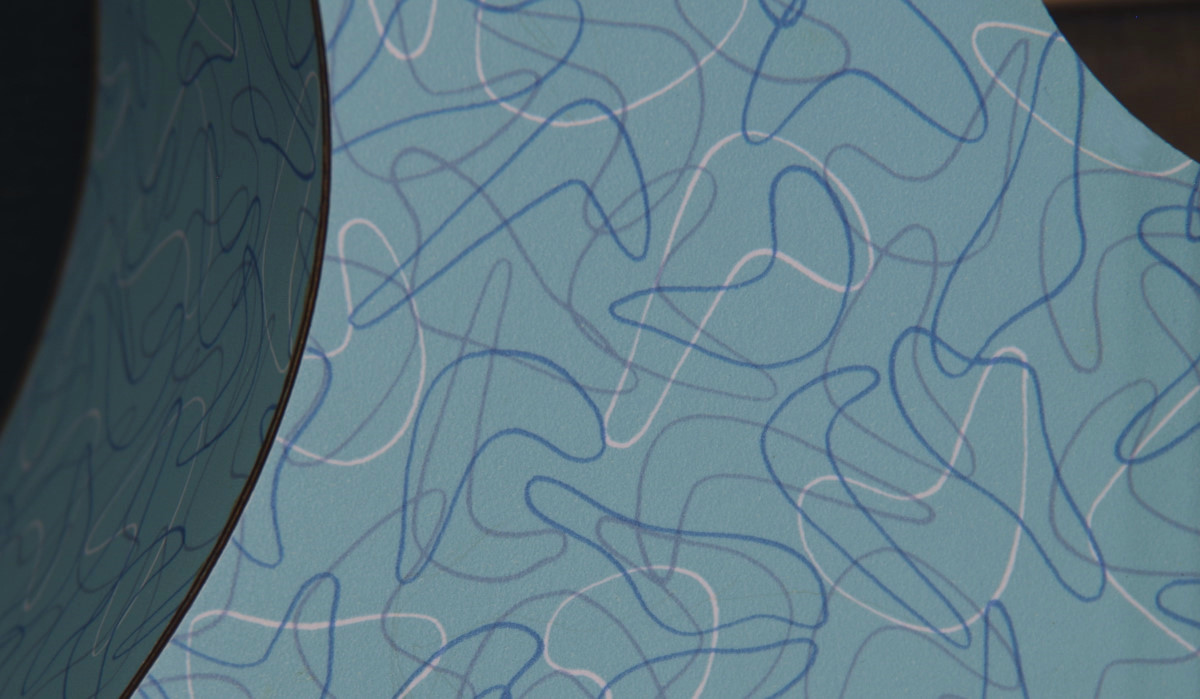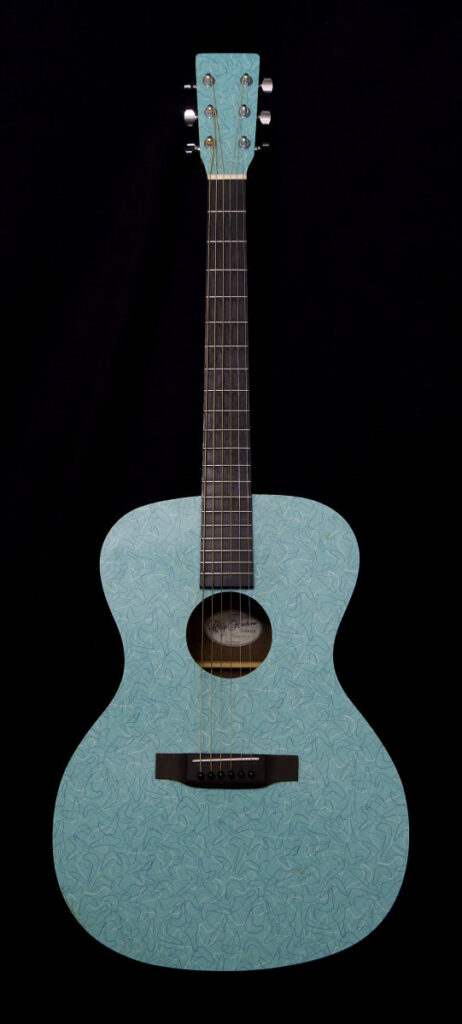

The other Hobby
June 2010
In addition to making guitars and effects, I also sail.
For an acoustic guitar to be loud and responsive, the top is usually built from a thin (but stiff) piece of wood with a high strength-to-weight ratio, like spruce. The back and sides are almost equally thin hardwood (like mahogany or rosewood) and the whole instrument is held together without much in the way of mechanical fasteners—just glue. The finish on a well-built guitar is also usually as thin as possible to not stifle the sound-producing vibrations. Several hundred years of lutherie has given us a pretty clear recipe for how to make a guitar sound good, but the resulting instruments are susceptible to damage from excessive heat or humidity.
I’ve built plenty of guitars optimized for tone, but I wanted something that I could take sailing without fear of it warping, falling apart, or getting dinged up. While the design is more or less traditional, the materials are not.
It’s Formica
Like an old diner booth, this guitar is made of Formica, which is a brand name of HPL (high pressure laminate). I got the idea from Bill Macrone’s “Formicaster,” although that’s an electric and I wasn’t sure how it would work for an acoustic instrument. As a material, it’s a bit of a mixed blessing. It’s easy to bend over a heated pipe, it glues well (at least to the back…nothing sticks to the countertop side), and it doesn’t need any finish, but it can also be unforgiving. Things need to fit exactly because they can’t be easily sanded flush. Any sanding on the surface will blow through the color layer, and it’s irreparable.
The neck is technically wood, but it’s something called Stratabond which is made from a stack of thin boards that have been glued together so it’s incredibly stable, and it’s also finished in polyurethane. The bridge and fingerboard are Micarta, which is another formulation of high pressure laminate. The only “normal” wood on the guitar is the braces and the kerfed linings that give a little more gluing surface where the top and back meet the sides. Even the frets are stainless instead of the usual nickel silver.
Sound
The Boat Guitar is built primarily for durability, and maybe lacks the tonal complexity of a fine wooden instrument, but it’s surprisingly guitar-like for being made of countertop. I bet most people who aren’t steeped in guitar nerdery wouldn’t notice anything out of ordinary. It plays well, and is perfectly fine for boat use.




